_____
“If you can dance at all, you can dance to [Guy] Lombardo’s music,” the Metronome writer George T. Simon wrote in 1942. The Lombardo band’s popularity was once so immense and widespread that he set attendance marks wherever he went, including at Harlem’s Savoy Ballroom. His appeal came despite what Simon described as the band’s “exaggerated sax vibratos, the clippety brass phrases with their illegitimate tones…and the style of singing that lets you hear all consonants and no vowels,” leading to what some musicians would ridicule as being “about as artistically creative as the average comic book.”
But, as Simon wrote in the chapter on Lombardo from his essential 1967 book The Big Bands, “Lombardo believed implicitly in his music, and he succeeded handsomely in selling it to two generations of dancers.”
For many of us born in the years following World War II -– raised culturally by the likes of Elvis and the Beatles -– our exposure to Lombardo’s immense popularity was a yearly New Year’s Eve dread spent in the company of family members from a generation who outwardly “partied” to this man’s music. This televised celebration, often culminating in Lombardo wearing a party hat while conducting “Auld Lang Syne,” was an almost comical view of a preceding generation whose popular culture could otherwise -– at times, at least -– be held in reasonable esteem.
This comical view of Lombardo, however, was not held by the 20th Century’s most important popular musician. Lombardo may have been “corny,” but to Louis Armstrong, it was his favorite band, even “my inspirators!”
“I haven’t heard no band that plays more perfect music than Guy Lombardo yet,” he once quite famously told Life magazine. “That’s the way I feel and I don’t let my mouth say nuthin’ my head can’t stand.” For those of us who grew up being exposed to Lombardo’s saccharine music every New Year’s Eve on television, it is hard to imagine that someone of Armstrong’s stature could have possibly believed that. But the late jazz writer Ralph Gleason wrote in a 1973 essay that Armstrong “determinedly insisted that [Lombard was his favorite band] and there’s no trace of put-on in his statement.” “Any time I walk up on the stage with Guy Lombardo,” Armstrong said, “I’m relaxed.”
So, it is with respect for Armstrong’s appreciation of Lombardo, as well as with some measure of nostalgia, that I present several different clips of him:
Lombardo appears on “What’s My Line?” on New Year’s Eve, 1950
A segment of the “Guy Lombardo Show”…No “Auld Lang Syne” but a sweet (what else?) piece called “Wedding Bells are Breaking Up that Old Gang of Mine”
Lombardo brings in 1958
Bringing in 1977, Lombardo’s final New Year’s Eve celebration (check out the rather hilarious rendition of Barry Manilow’s “I Write the Songs” — a song that invites almost endless parody)





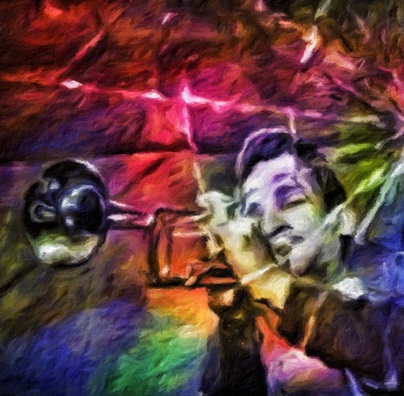
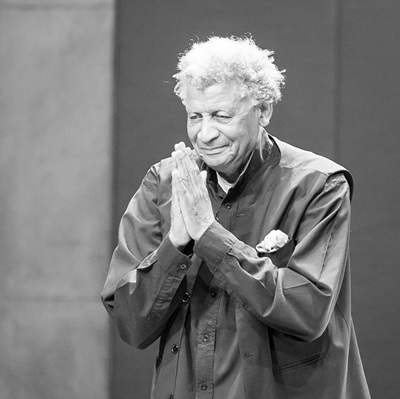


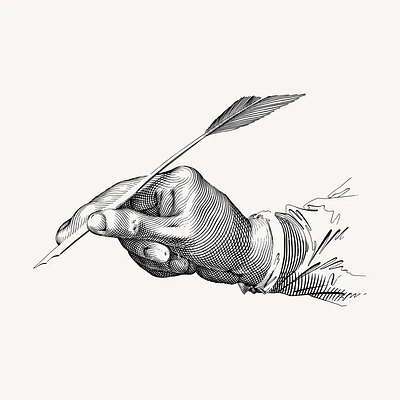
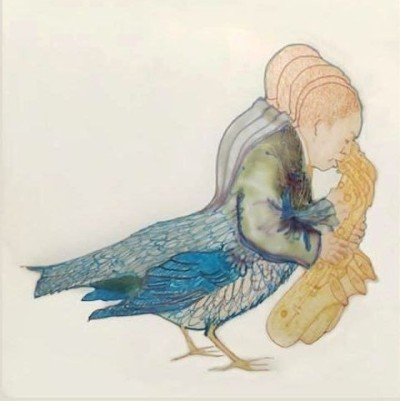

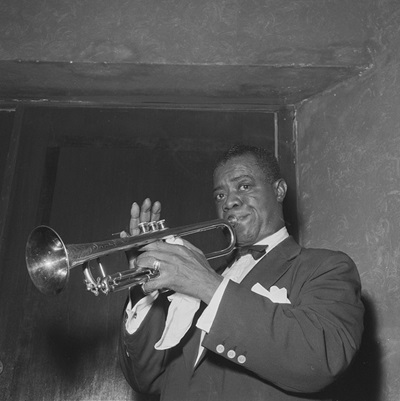
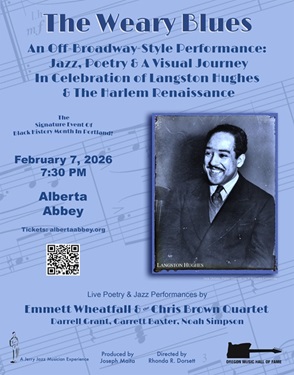

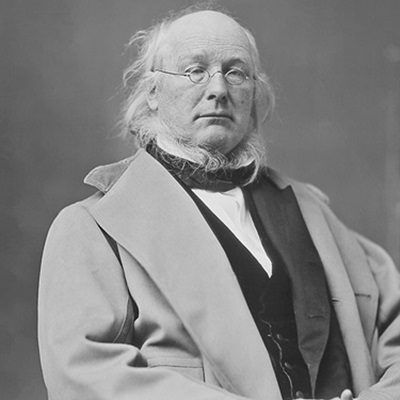
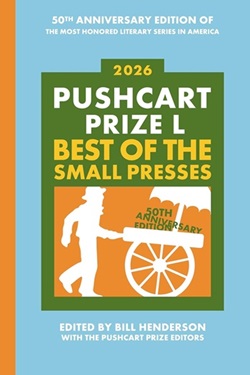
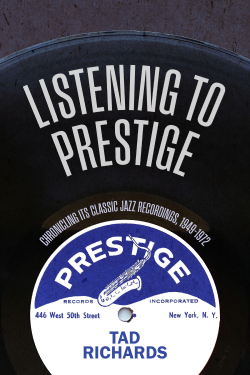
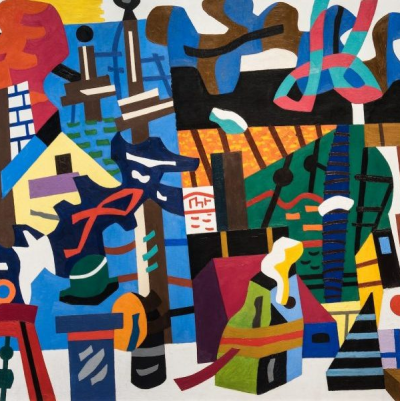
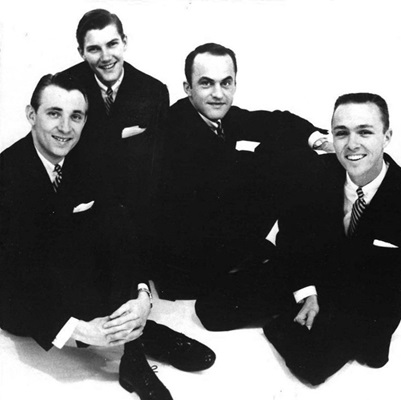
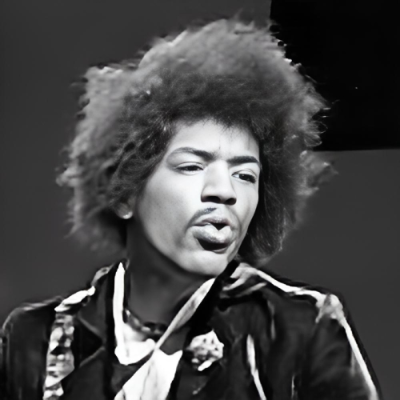
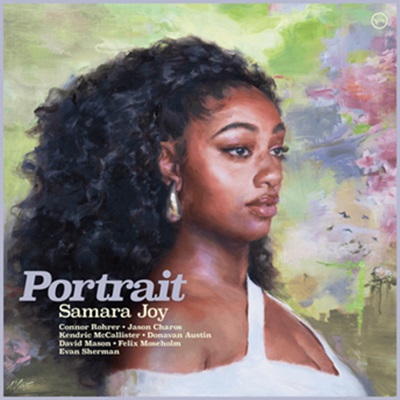




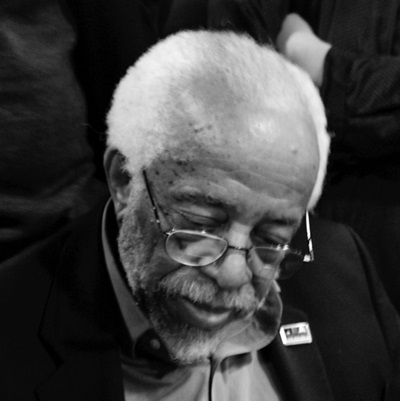

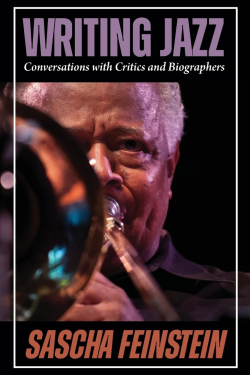
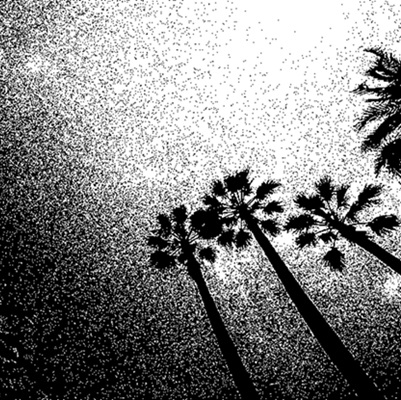
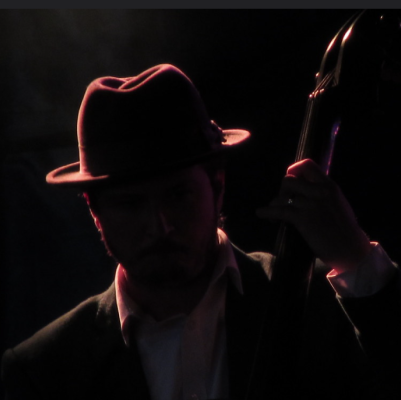

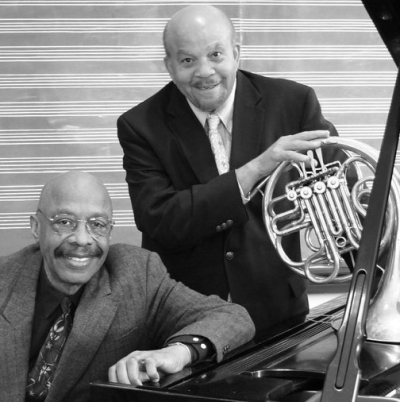

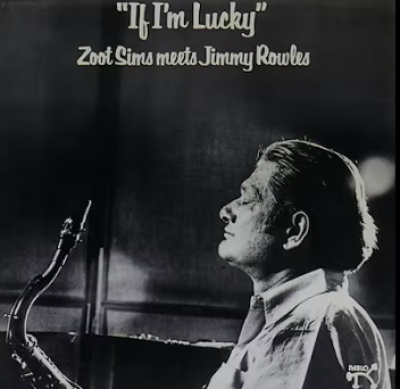

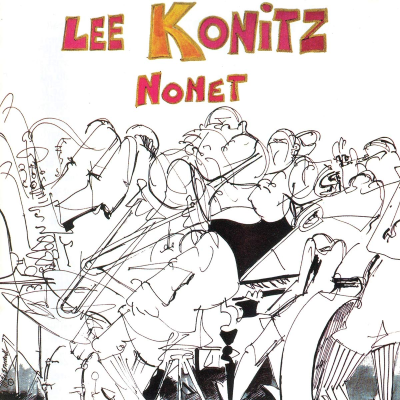
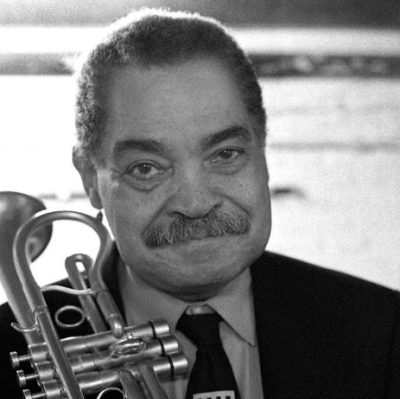







Can’t imagine two musicians as different as Armstrong and Lombardo with such mutual respect. Who’d have guessed? Despite the fact that the Royal Canadians could, when pressed, play “credible jazz”–this is not the style of Lombardo music Armstrong was so fond of.
that was a great article: Lombardo and Louie. Now, that’s a stretch of the imagination …
that was a great article: Lombardo and Louie. Now, that’s a stretch of the imagination …
The Guy & Louis connection is further evidence of the fact that good jazz musicians tend to be much more charitable towards their less fashionable peers than jazz fans and critics–Charlie Parker died watching the Dorsey Brothers TV show, Johnny Hodges cut an album with Lawrence Welk.
The Guy & Louis connection is further evidence of the fact that good jazz musicians tend to be much more charitable towards their less fashionable peers than jazz fans and critics–Charlie Parker died watching the Dorsey Brothers TV show, Johnny Hodges cut an album with Lawrence Welk.
The second clip started with “Darktown Strutter’s Ball” one of the first tunes recorded by the Original Dixieland Jass Band, and written by Shelton Brooks-even though it’s done in a relatively corny type fashion Louis Armstrong probably appreciated the scope and musicality of this band and fact that Guy Lombardo knew that he was there to entertain and play for the people-something Louis subscribed to all his days, even though he was the greatest single most influential musician in America’s history in my opinion.
The second clip started with “Darktown Strutter’s Ball” one of the first tunes recorded by the Original Dixieland Jass Band, and written by Shelton Brooks-even though it’s done in a relatively corny type fashion Louis Armstrong probably appreciated the scope and musicality of this band and fact that Guy Lombardo knew that he was there to entertain and play for the people-something Louis subscribed to all his days, even though he was the greatest single most influential musician in America’s history in my opinion.
Guy Lambardo was my mom’s favorite band and had LPs.most if not all of them. She played them all the time. If my MOM thought he was great, then he was!
Guy and some of his musicians according to a book written about Guy use to go to a club after hours and sit in with Louis. This was in the 20’s. Louis then went on a later occasion with a few of his musicians and sat in with the Lombardo Orchestra. The club owner using the n word said get them off the stand and out of his club. Led by usually quiet Lebert, the entire band left the stand and the club. The owner went and brought them back and said Louis and his friends could sit in. Louis never forget it, and this only added to his admiration of the band and the Lombardos.